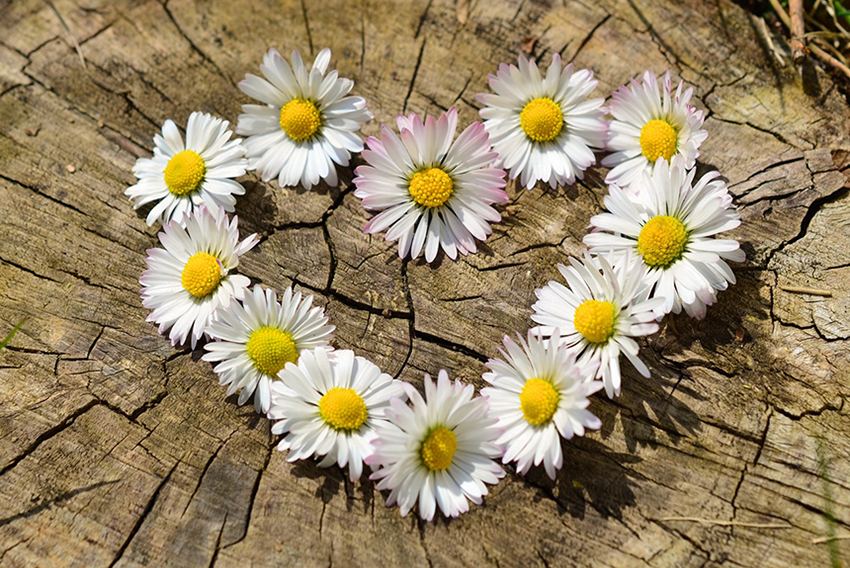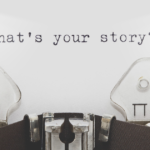The 12 Brand Archetypes: Which One Are You?
Branding is an art – but it’s also a science grounded in psychological research that shows brands can embrace inherent traits to attract new audiences and build customer loyalty. When people find themselves inspired by new brands – or loyal to old ones – some of the cues they are responding to are known as brand archetypes. What are brand archetypes? In literature, they’re the typical characters, actions, or situations that seem to represent universal patterns of human nature. To psychologist Carl Jung, archetypes represent the “collective unconscious” of mankind.
The 12 Brand Archetypes
Identifying a brand’s archetype helps companies harness the power of their intrinsic nature and strategically position themselves to respond to specific drives, desires, and fears that all humans possess. There are 12 individual brand archetypes, and each is associated with a specific unconscious motivation that drives brand loyalty, community creation and engagement and, ultimately, conversions. These archetypes also serve to differentiate your brand and its messaging from others in your niche, giving your brand its unique voice.
- The Sage believes that the more you know, the better off everyone will be, so they support every endeavor to learn. They understand the world around them, and brands in this category are motivated by independence and fulfillment.
- The Innocent always see the glass as half full, and they fill it with a splash of kindness and simplicity. They are exemplars of optimism and epitomize the old saying “free to be you and me.”
- The Explorer seeks out adventures that are focused on the horizon. Free to set their agenda, these brave archetypes love to challenge themselves in search of their inner explorer and self.
- The Ruler is savvy and well-connected, and uses authority and expertise to influence change. Brands that see themselves as rulers want their audience to see themselves as rulers, too.
- The Creator uses inventive forethought to fashion worlds of possibility into stunning works of art. Also known as “The Builder,” the creator brand tends to be non-conformist and celebrates self-expression.
- The Caregiver is like a long-lost friend, offering an oasis of comfort and serenity in a hectic world. Altruism and generosity are dominant traits. Caregiver brands position themselves as ones you can trust.
- The Magician does everything bigger – the dreams they dream help them change your perspective and transform the world around them. Clever and intelligent, magicians believe they can make the impossible possible, and they use this trait to demonstrate their innovation.
- The Hero uses discipline and focus to inspire others to be braver and stronger. Similar to the explorer and outlaw, heroes are often accidental superstars who used their inner courage and honor to fix an injustice or other external conflict.
- The Outlaw seeks to eliminate anything that isn’t working. Outlaws are rebels who will break any rule that stands in the way of freeing their true selves. If your brand’s mission is to pioneer new and revolutionary attitudes, you fall into this category.
- The Lover creates experiences meant to build long-lasting relationships and memories. They tap into your longing for ideals such as perfect love and strong physicality.
- The Everyman is committed to teaching through empathy and believes in every individual’s inherent worth and dignity. Brands that target the everyman audience believe that happiness can come from simple pleasures like sharing and love.
- The Jester is spontaneous and playful, bringing a smile to everyone’s day. Jester brands look to bring true joy to their audience’s lives, making them easier and more bearable.
Understanding Your Brand Archetype
Defining your brand’s archetype is a journey that can lead to inspiring places within its messaging. Brand archetypes help people connect with your brand by reflecting who they are and what they believe in. The sooner you identify your brand’s true personality, the sooner you can begin to leave an authentic and lasting impression in your audience’s mind.







